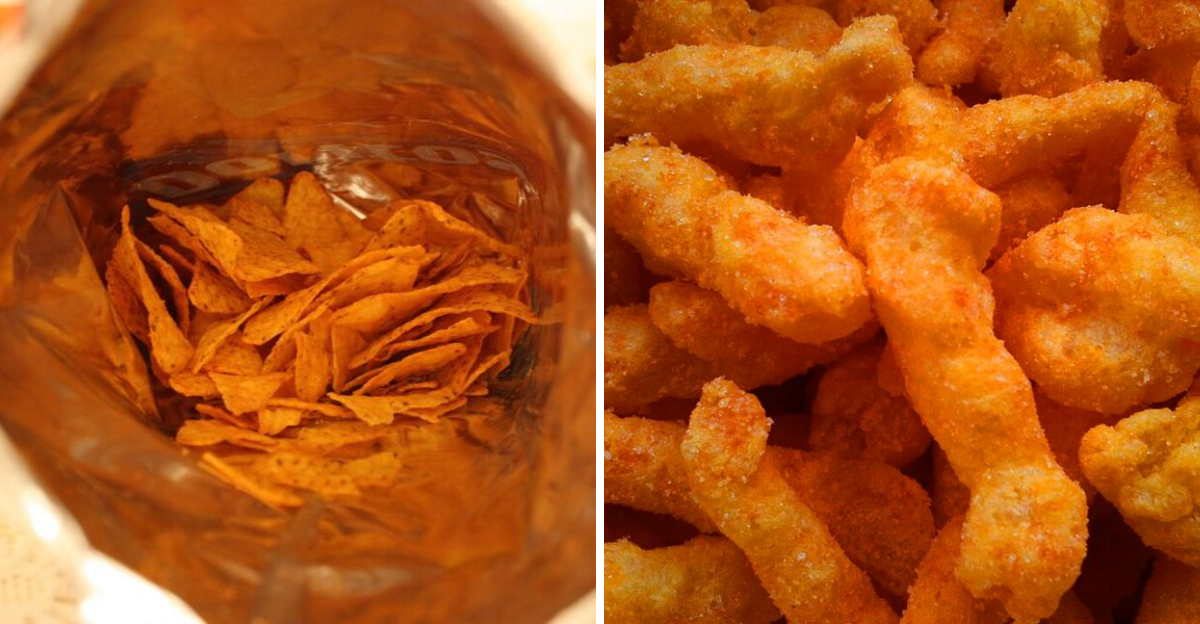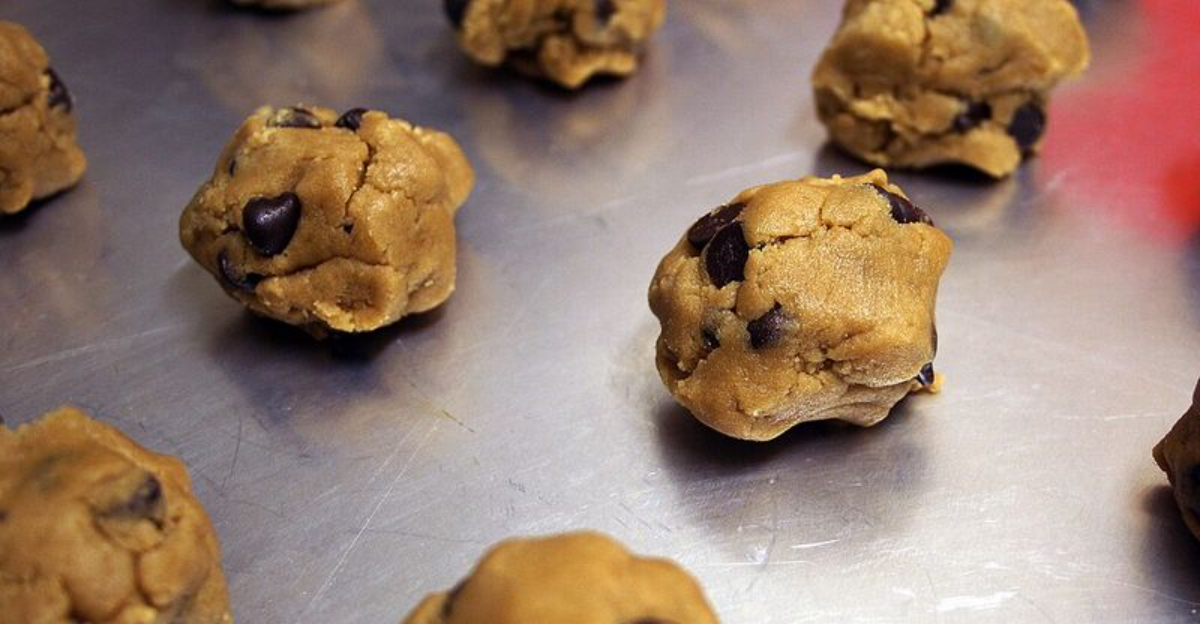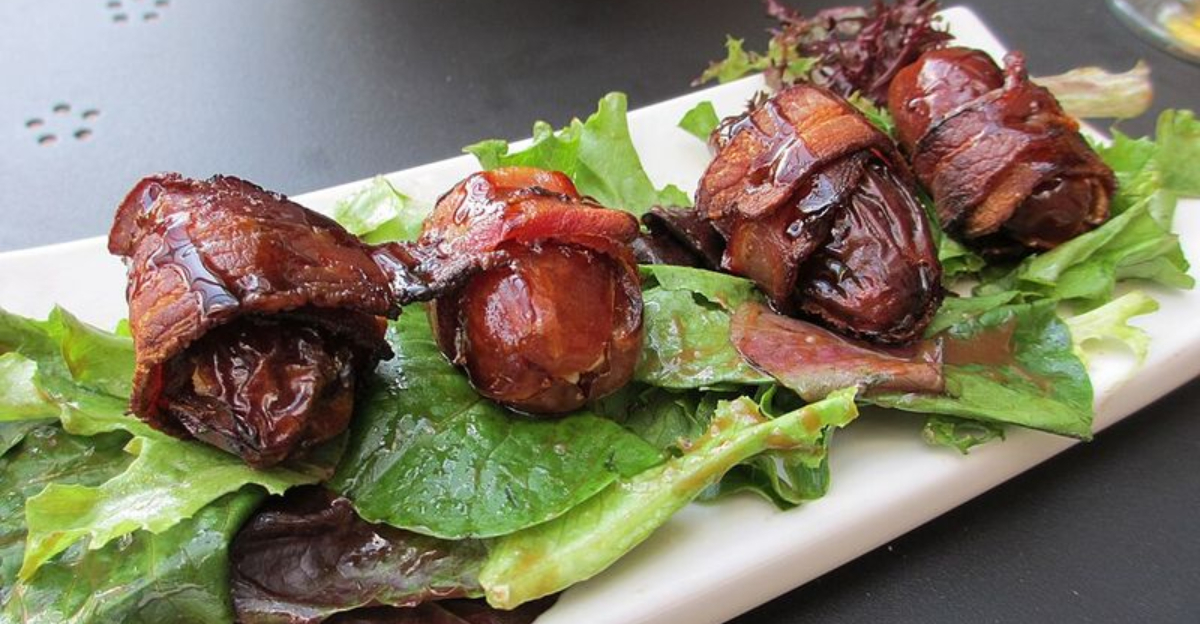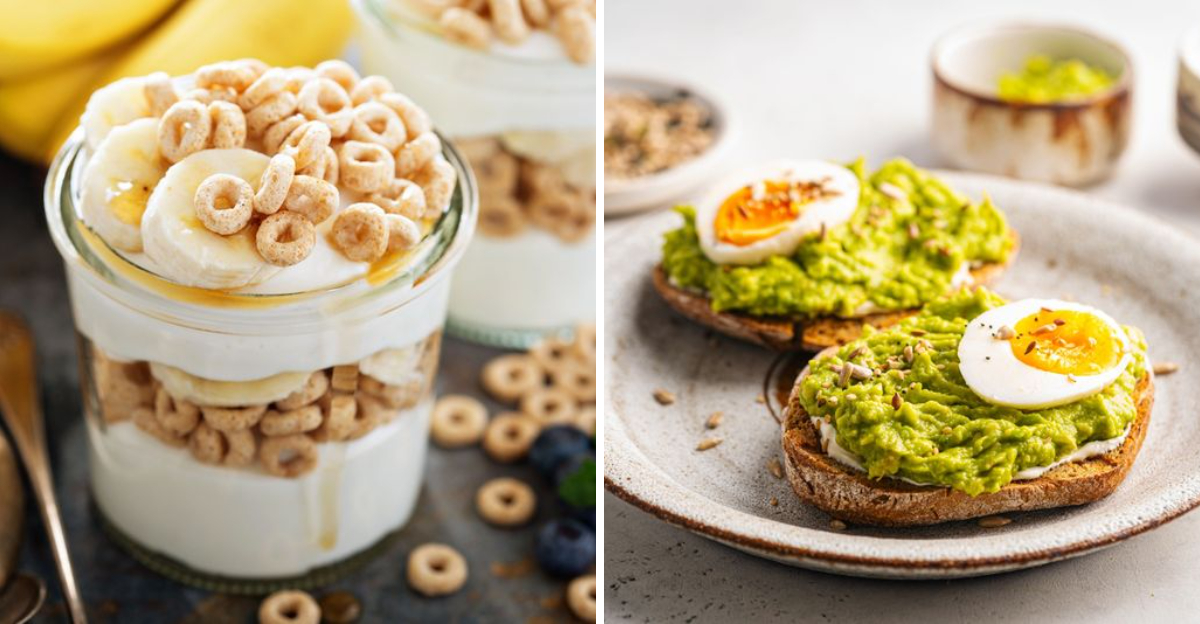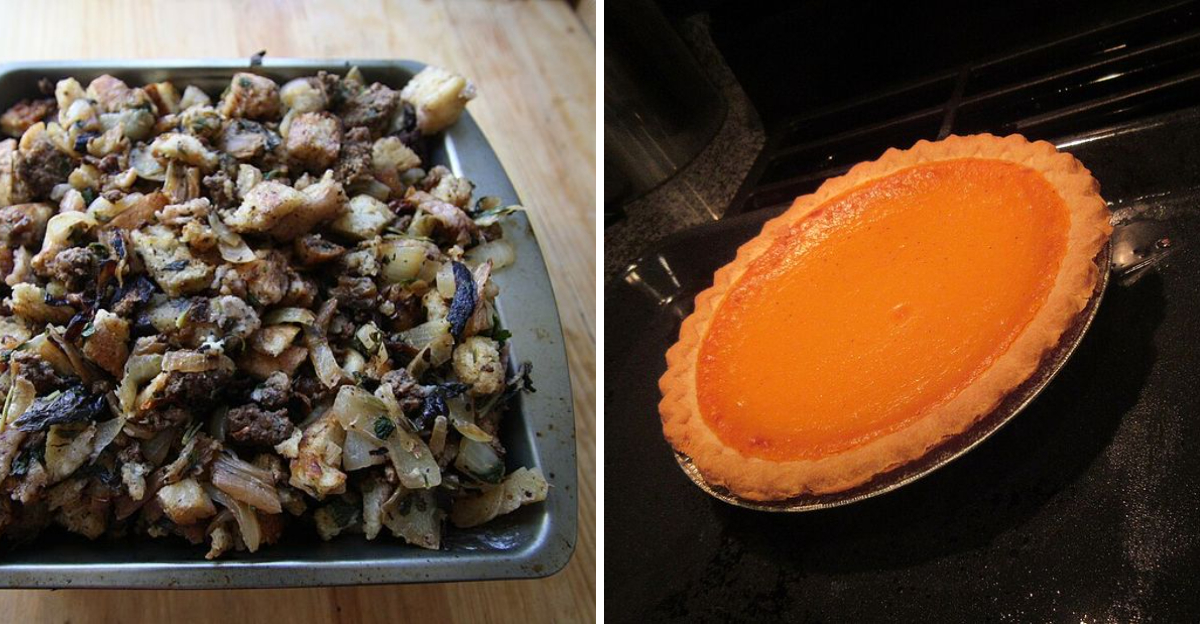14 Common Pizza Myths Everyone Still Falls For
Pizza might be one of the most beloved foods on the planet, but it’s also surrounded by more myths than a Greek legend.
From wild stories about its origins to bizarre beliefs about how to store and reheat it, misinformation spreads faster than melted mozzarella on a hot pie.
People repeat what they’ve heard without questioning the facts, and before you know it, everyone’s convinced that nonsense is truth.
Let’s slice through the fiction and uncover what’s really going on with your favorite food.
1. Pizza Was Invented In Italy
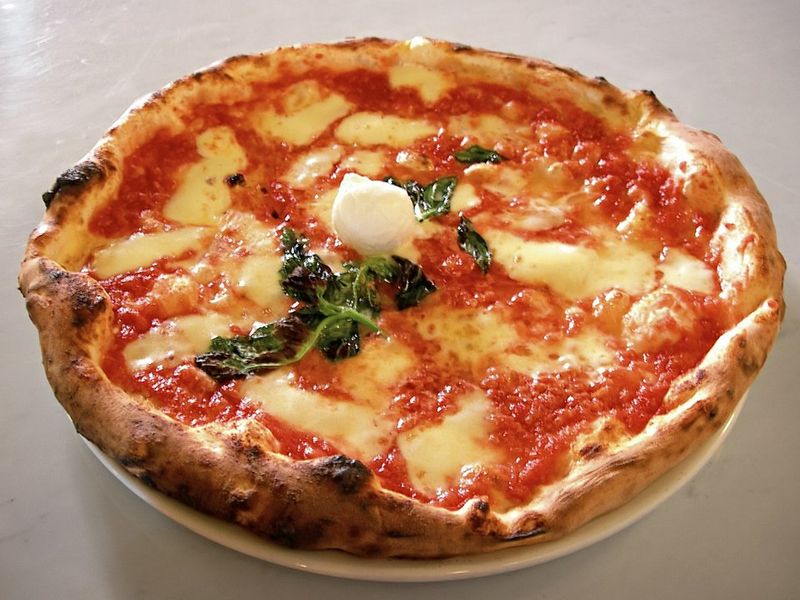
Most folks assume Italy created pizza from scratch, but flatbreads topped with various ingredients existed long before Italy claimed the crown. Ancient Egyptians, Greeks, and Romans all enjoyed similar dishes centuries earlier.
What Italy did brilliantly was perfect the art form and give us the modern pizza we know today. Naples transformed a simple concept into culinary magic during the 18th century, adding tomatoes and creating something truly special.
2. Hawaiian Pizza Came From Hawaii
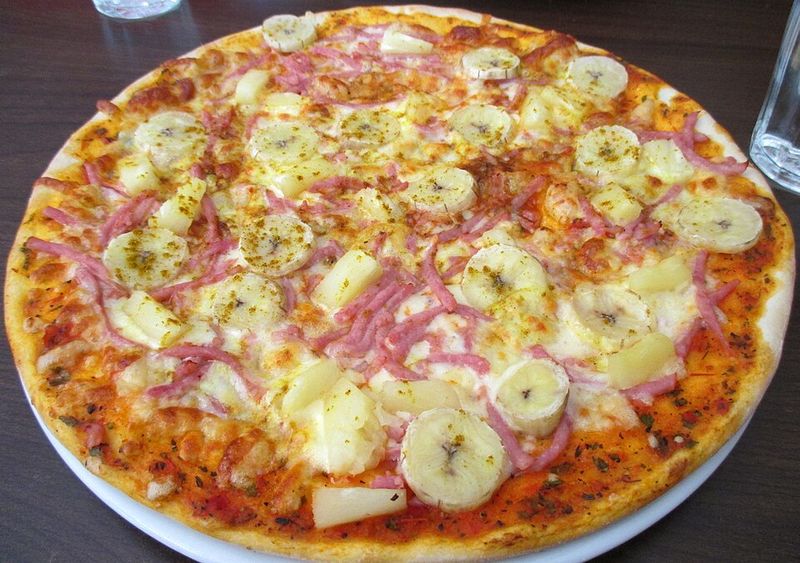
Despite its tropical name, Hawaiian pizza never saw a Hawaiian beach during its creation. A Greek immigrant named Sam Panopoulos invented this controversial pie in Ontario, Canada, back in 1962.
He simply thought the sweet and savory combination would intrigue customers at his restaurant. The name came from the canned pineapple brand he used, not the island paradise everyone imagines when they hear it.
3. Thin Crust Is Always Healthier
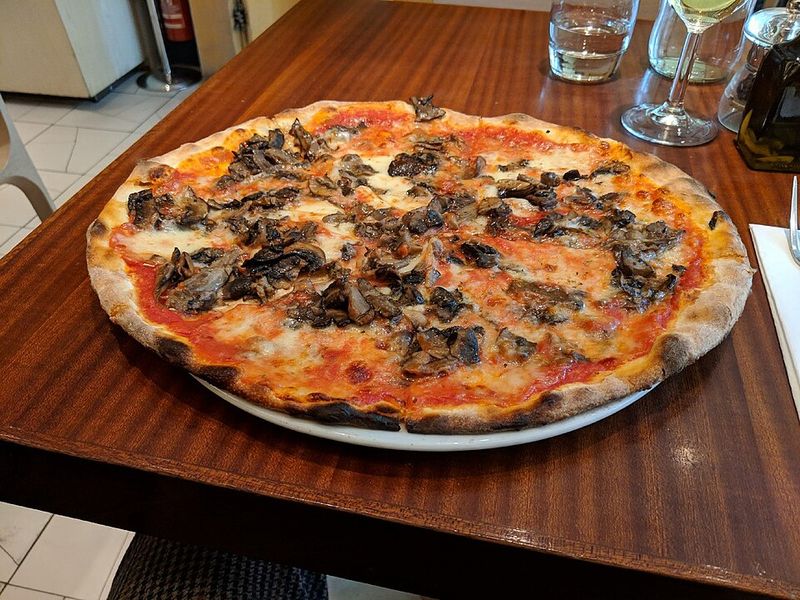
Calories don’t automatically vanish just because you choose thin crust over thick. What really matters are the toppings you pile on and how much cheese gets layered across that dough.
A thin crust loaded with pepperoni, sausage, and extra cheese can easily outweigh the calories of a thick crust vegetable pizza. The crust itself only accounts for a portion of the total nutritional picture you’re consuming.
4. Pepperoni Is An Italian Creation
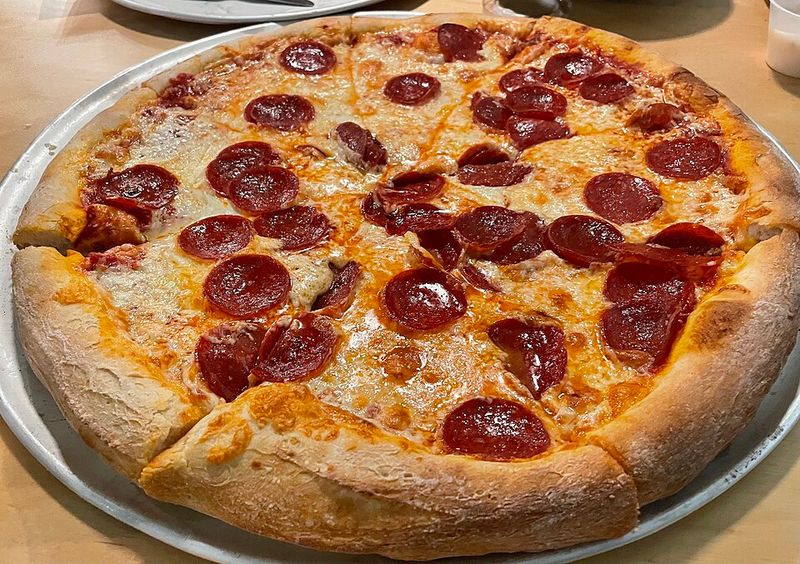
Walk into any pizzeria in Italy and ask for pepperoni, and you’ll probably get bell peppers instead of spicy meat circles. America invented pepperoni as we know it, adapting spicy salami recipes from Italian immigrants.
The word itself might sound Italian, but the actual sausage developed in New York City during the early 1900s. Italy has plenty of cured meats, but pepperoni isn’t one of them in its American form.
5. Brick Ovens Make All Pizza Better
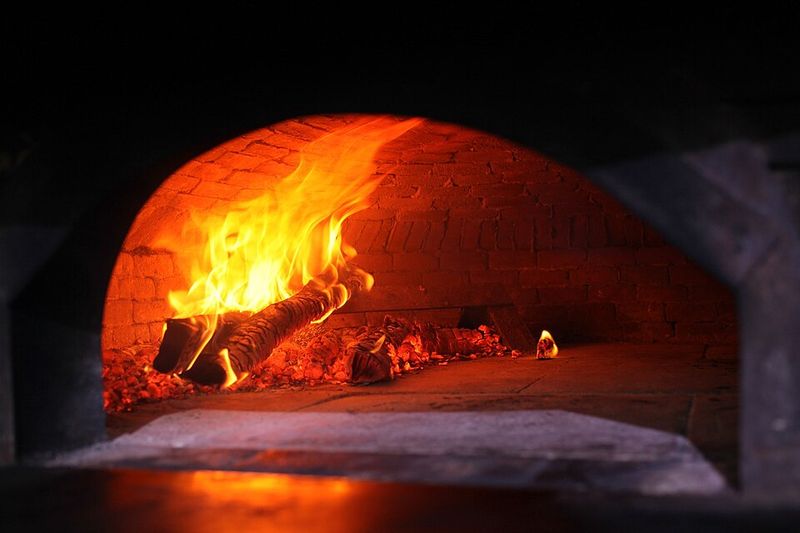
Brick ovens certainly have charm and can produce amazing results, but they’re not magical devices that guarantee perfection every single time. Temperature control, dough quality, and cooking technique matter far more than the material surrounding the fire.
Plenty of restaurants create phenomenal pizza in modern steel ovens with precise temperature regulation. A skilled pizzaiolo with a regular oven beats an amateur with fancy bricks any day of the week.
6. Cheese Should Always Go On Top
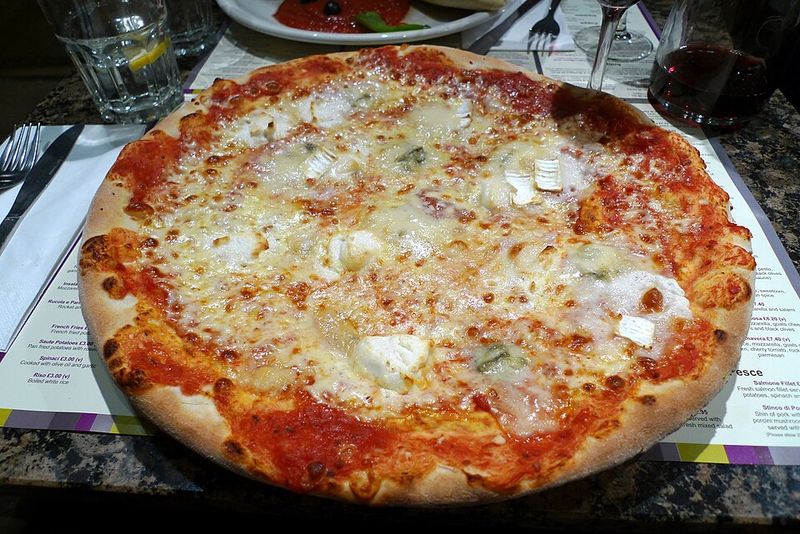
Breaking convention can lead to delicious discoveries, and some pizzerias intentionally place cheese beneath the sauce for good reason. New Haven-style pizza famously uses this technique, creating a distinct texture and flavor profile that fans absolutely adore.
Putting sauce on top prevents the cheese from burning while allowing the tomatoes to caramelize beautifully. There’s no universal law dictating topping order, just different regional traditions worth exploring and enjoying.
7. Frozen Pizza Is Never Good
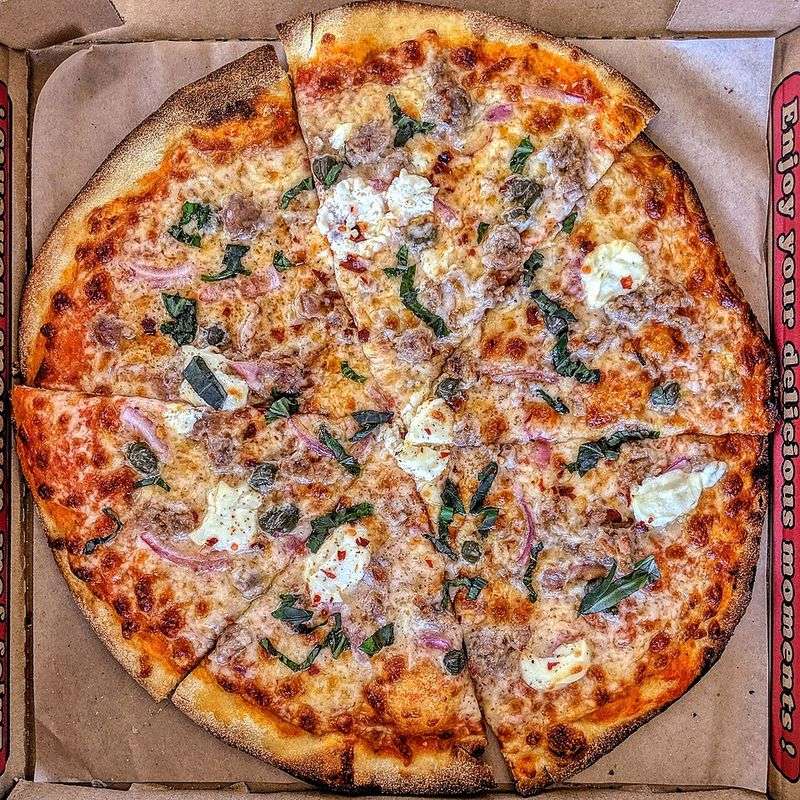
Snobbery aside, frozen pizza technology has improved dramatically over the past decade, with some brands rivaling takeout quality. Premium frozen options now feature real ingredients, proper fermentation techniques, and flash-freezing methods that preserve freshness remarkably well.
Sure, frozen pizza won’t replace an authentic Neapolitan masterpiece, but dismissing every frozen option ignores reality. When cooked correctly with a few tweaks, quality frozen pizza satisfies cravings without breaking the bank or requiring delivery.
8. Chicago Deep Dish Isn’t Real Pizza
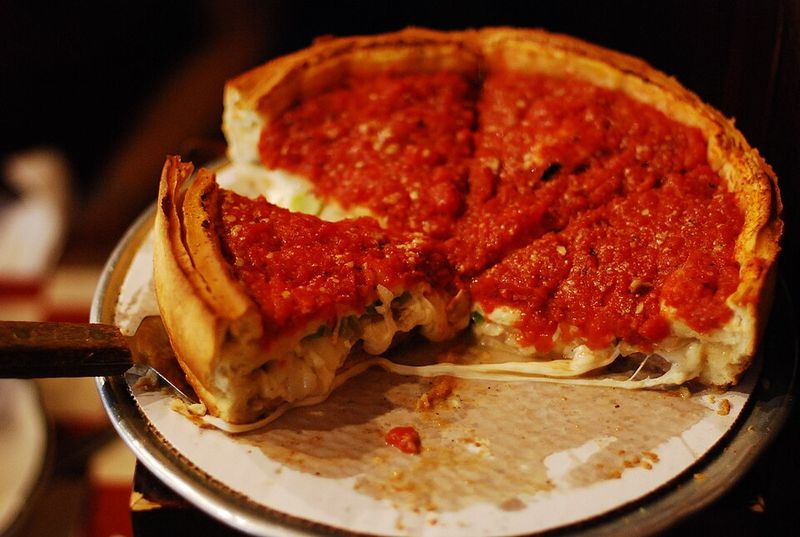
Pizza purists love to argue that deep dish crosses some imaginary line into casserole territory, but that’s just gatekeeping deliciousness. Chicago created its own interpretation of pizza in the 1940s, and millions of people have enjoyed it ever since without questioning its legitimacy.
Food evolves across cultures and regions, creating wonderful variety rather than diluting authenticity. Calling deep dish fake pizza is like saying tacos aren’t real because they differ regionally.
9. Pizza Causes Acne
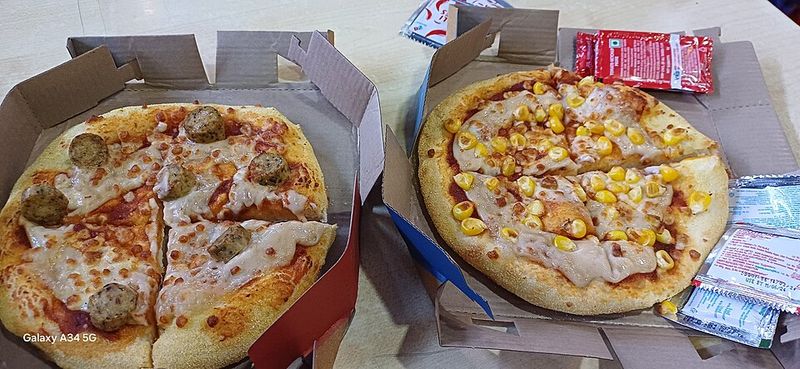
Dermatologists have repeatedly debunked the direct link between eating pizza and developing acne breakouts on your face. Acne primarily results from hormones, genetics, and bacteria, not from enjoying a slice or two of your favorite pie.
What might affect skin is consuming excessive amounts of refined carbohydrates and dairy, which some studies suggest could influence inflammation. Blaming pizza specifically oversimplifies complex skin biology and unfairly vilifies a perfectly reasonable meal choice.
10. Leftover Pizza Should Be Refrigerated Immediately

Rushing to refrigerate pizza the second you finish eating isn’t necessary and might actually hurt the texture more than help food safety. Letting pizza cool to room temperature for 30 minutes to an hour before refrigerating prevents excess moisture from making the crust soggy.
Food safety guidelines recommend refrigerating perishables within two hours, giving you plenty of breathing room. Immediately refrigerating hot pizza creates condensation that turns your crispy crust into a sad, rubbery disappointment by morning.
11. Pineapple On Pizza Is A Modern Trend
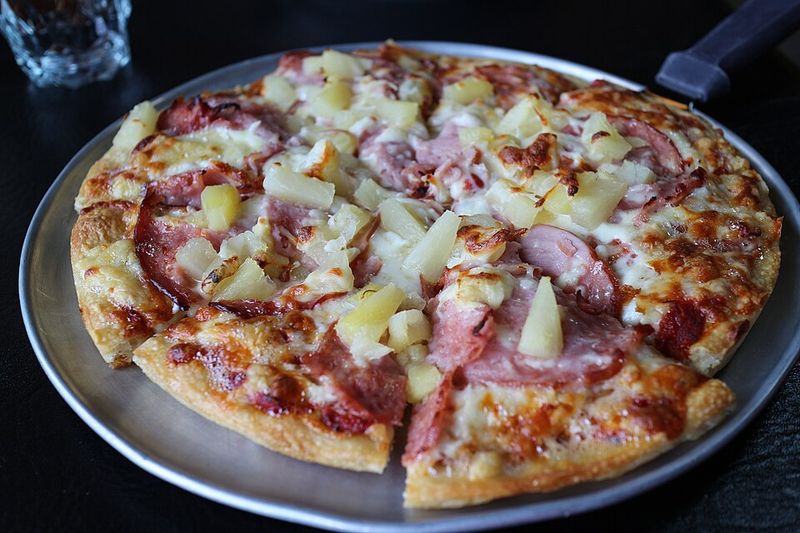
Although social media makes pineapple pizza seem like a recent controversy, this topping combination has existed since 1962. Sam Panopoulos introduced it over 60 years ago, meaning your grandparents could have debated this exact issue during their youth.
The internet simply amplified an old argument into meme territory, making it feel fresh and current. People have been passionately defending or attacking pineapple on pizza for multiple generations now without reaching any consensus whatsoever.
12. All Pizza Sauce Is Made From Tomatoes
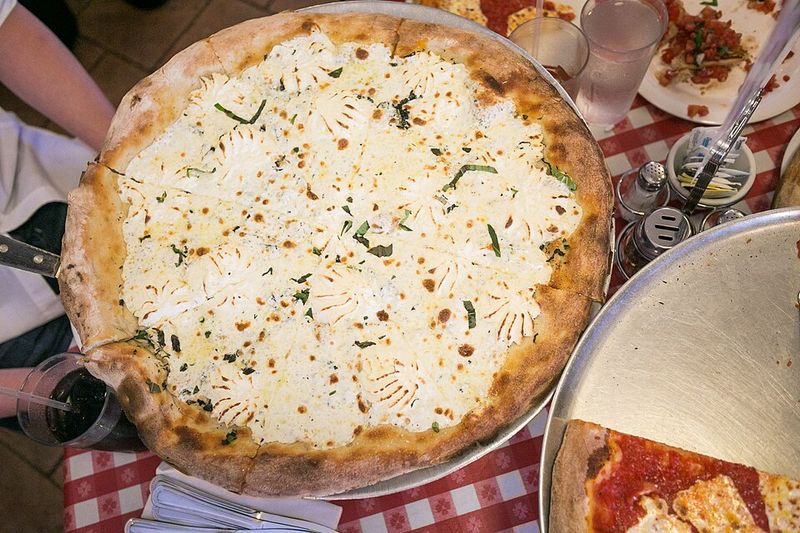
Tomato sauce dominates the pizza landscape, but plenty of delicious alternatives exist that challenge this assumption completely. White pizza uses creamy garlic sauce or ricotta, while pesto pizza relies on basil and pine nuts for its flavor foundation.
Some pizzas simply use olive oil as their base, letting quality ingredients shine without any sauce at all. Regional variations worldwide incorporate everything from barbecue sauce to curry, proving pizza sauce comes in countless forms beyond red tomatoes.
13. Reheating Pizza In The Microwave Works Fine

Microwaves turn leftover pizza into a sad, rubbery disappointment that bears little resemblance to its former glory. The microwave heats unevenly and steams the crust, destroying the texture that makes pizza enjoyable in the first place.
Reheating pizza in a skillet with a lid or in the oven restores crispiness and melts cheese properly. Taking a few extra minutes produces results that actually taste good rather than just barely edible convenience food.
14. New York Pizza Only Tastes Good In New York
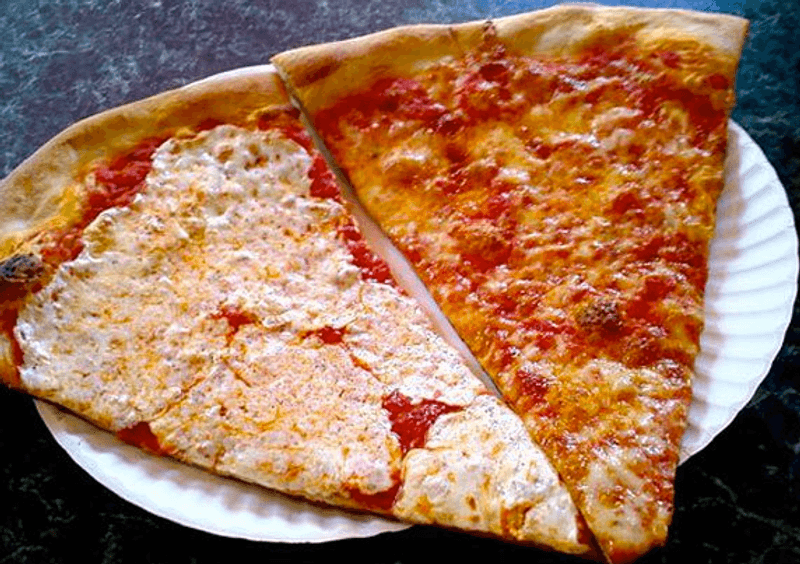
New Yorkers love claiming their water creates superior pizza that can’t be replicated elsewhere, but chemistry doesn’t support this romantic notion. While New York City water has specific mineral content, skilled pizzaiolos anywhere can adjust recipes to account for local water differences.
What makes New York pizza special is tradition, technique, and high competition driving quality, not magical tap water. Excellent New York-style pizza exists across America and beyond, made by people who learned the craft properly.

